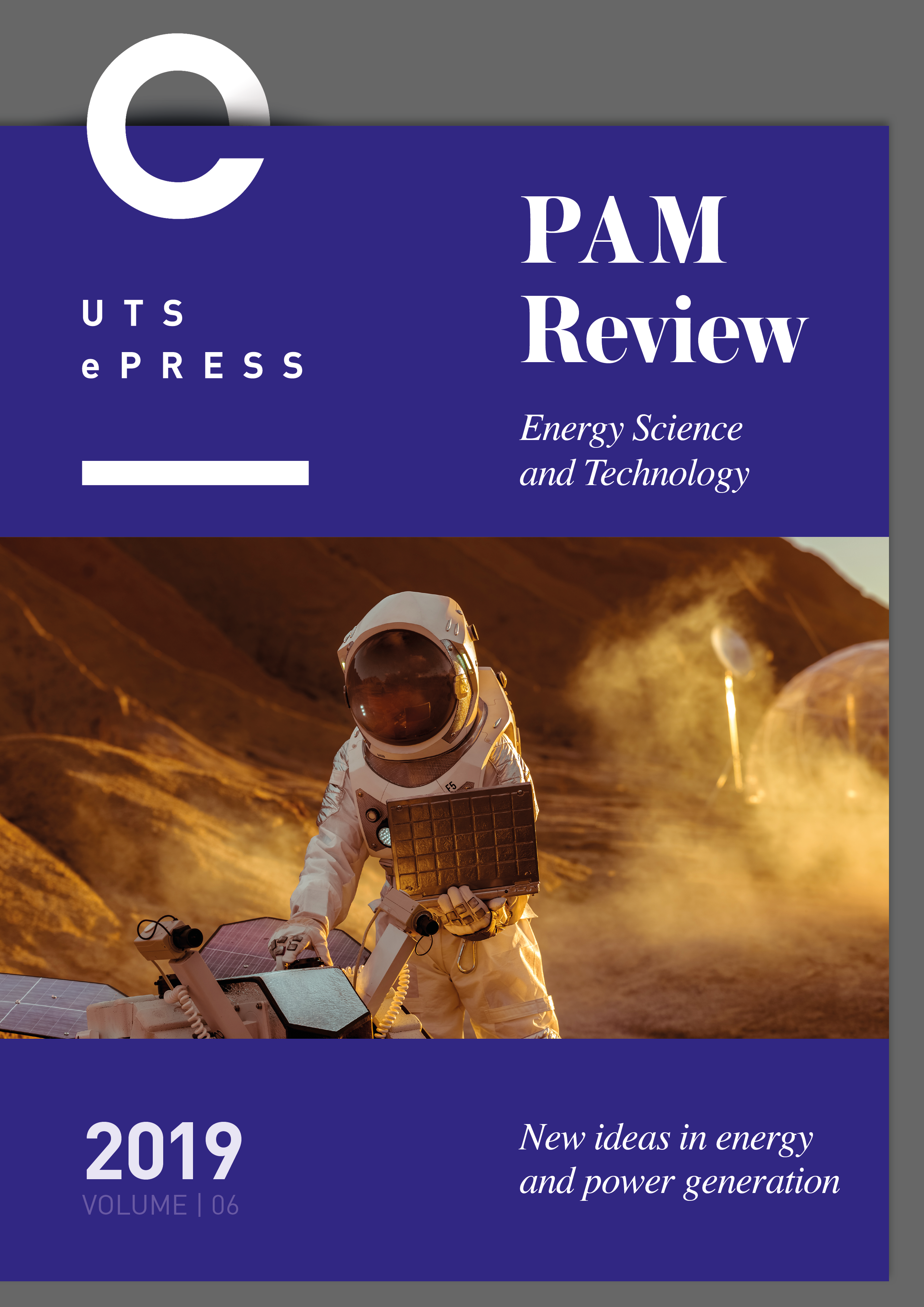A Meta-study on the Thermal Properties of Carbon Nanotubes in Thermal Interface Materials
Main Article Content
Abstract
Computer Integrated Circuit (IC) microprocessors are becoming more powerful and densely packed while cooling mechanisms are seeing an equivalent improvement to compensate. A significant limit to cooling performance is thermal transfer between die and heatsink. In this meta study we evaluate carbon nanotube (CNT) thermal interface materials (TIMs) in order to determine how to maximise thermal transfer efficiency. We gathered information from over 15 articles focused on the thermodynamic parameters of CNT TIMs from databases such as Scopus, IEEE Xplore and ScienceDirect. Articles were filtered by key words including ‘carbon nanotubes’ and ‘thermal interface materials’ to identify scientific articles relevant to our research on TIMs. From our meta study we have found that enhancing CNTs will provide the best improvement in TIMs. The parameters analysed to determine TIM performance included thermal resistance, thermal conductivity and the effect of CNT concentration on computer operation time. Through our investigation we understood that increasing the concentration of CNT from 0 to 2 wt % increases the operation time from 75 seconds at 66°C to 200s at 63°C as well as increasing the thermal conductivity by 1.82 times for the AS5 thermal paste with 2 wt % CNT. Furthermore, CNT TIM pastes with less thickness have a lower thermal resistance of 0.4 K/W. However not all these parameters have been tested with computer chips. This means that in order to increase current heat transfer efficiency limit, we must integrate these parameters into experimental models.
Keywords: Thermal Interface Material; Thermal Paste; Carbon Nanotubes; Thermal Transfer Efficiency; Integrated Circuit; Heat Sink; Heat Dissipation.
Article Details
Issue
Section
Authors who publish with this journal agree to the following terms:
a) Authors retain copyright and grant the journal right of first publication with the work simultaneously licensed under a Creative Commons Attribution License that allows others to share and adapt the work with an acknowledgement of the work's authorship and initial publication in this journal.
b) Authors are able to enter into separate, additional contractual arrangements for the non-exclusive distribution of the journal's published version of the work (e.g., post it to an institutional repository or publish it in a book), with an acknowledgement of its initial publication in this journal.
c) Authors are permitted and encouraged to post their work online (e.g., in institutional repositories or on their website) prior to and during the submission process, as it can lead to productive exchanges, as well as earlier and greater citation of published work (See The Open Access Citation Advantage Service). Where authors include such a work in an institutional repository or on their website (ie. a copy of a work which has been published in a UTS ePRESS journal, or a pre-print or post-print version of that work), we request that they include a statement that acknowledges the UTS ePRESS publication including the name of the journal, the volume number and a web-link to the journal item.
d) Authors should be aware that the Creative Commons Attribution (CC-BY) License permits readers to share (copy and redistribute the work in any medium or format) and adapt (remix, transform, and build upon the work) for any purpose, even commercially, provided they also give appropriate credit to the work, provide a link to the license, and indicate if changes were made. They may do these things in any reasonable manner, but not in any way that suggests you or your publisher endorses their use.
